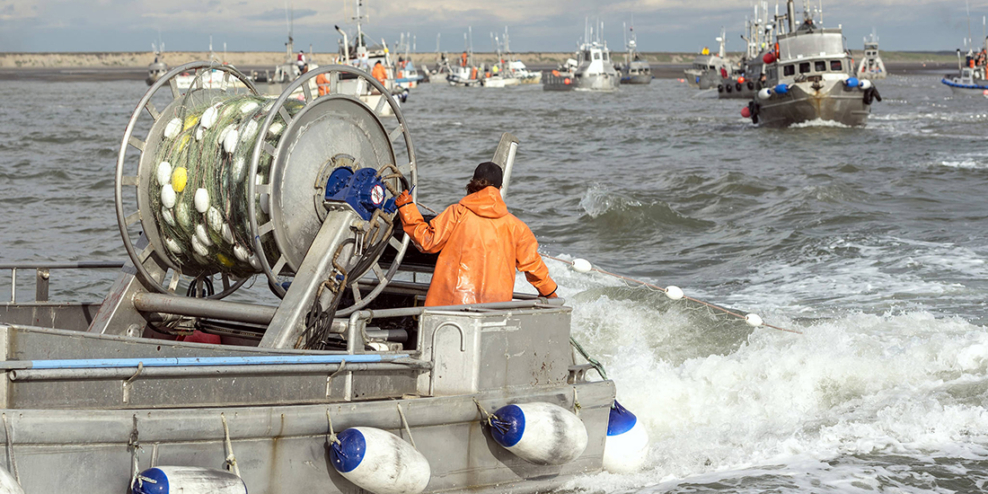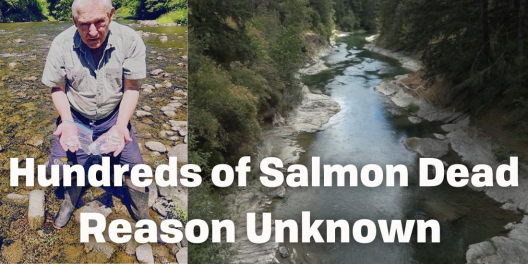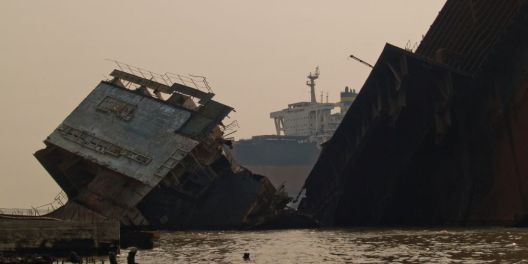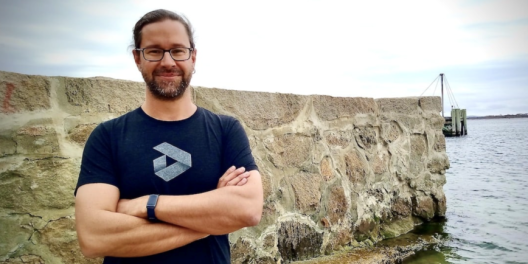A recent report, commissioned by SkeenaWild Conservation Trust and Watershed Watch Salmon Society, showed that Alaskan commercial fishing fleets are catching huge numbers of salmon bound for BC rivers.
So Canadian conservation groups are going straight to the top. They’re asking Alaskan Governor Mike Dunleavy to stop Alaska’s harvest of BC wild salmon.
“BC wild salmon have hit record lows over the past few years,” says Greg Taylor, fisheries advisor to Watershed Watch and SkeenaWild Conservation Trust.
“While we’re closing many commercial, recreational, and Indigenous fisheries to give salmon a chance to recover, Alaskans are catching those very same fish before they make it home to spawn.”
The coalition believes the Pacific Salmon Treaty, created in the 1980s when salmon stocks were much healthier, needs to be updated. The state of BC salmon has changed a lot in the last 40 years.
The Treaty is supposed to keep things fair for both countries and keep salmon from being over-fished.
” The core principles of the treaty are to prevent overfishing, reduce interceptions, and ensure both countries receive benefits equal to the production of salmon within their waters,” says Misty MacDuffee of Raincoast Conservation Foundation. “Why are these principles not being met?”
Taylor says they are not asking Alaskans to stop fishing. Instead, they are simply asking them to shift the fishery to waters where they can catch Alaskan salmon populations.
The coalition is asking Senator Dunleavy to close the District 104 net fishery, which hauls in large numbers of BC-bound salmon. And they’re asking him to reduce harvest rates in other Southeast Alaska salmon fisheries to avoid overfishing of stocks that started off in Canadian streams.
They’re also demanding that Alaskans live up to the same standards as the BC commercial fleet. For example, they want Alaska to report their catch for all target and non-target fish and release all bycatch.
Greg Knox, executive director of SkeenaWild Conservation Trust, says the Pacific Salmon Treaty wasn’t designed to deal with climate change and stocks in crisis.
“We can’t protect and rebuild BC salmon without Alaska giving us a hand, there’s just no way,” he told CBC News. “The productivity of a lot of our populations has gone way down, so they can’t sustain high harvest levels anymore.”
The Treaty says that Alaska, BC, Washington, and Oregon all need to agree on their actions. That means all Alaska has to do is say “no” if they don’t like a particular decision.
Alaskan law puts catch limits on salmon populations that spawn in Alaska’s waters. But no law sets catch limits on BC-bound salmon.
It will take a new level of cooperation between BC and Alaska to save BC salmon.
Last summer, Fisheries and Oceans Canada (DFO) closed much of the commercial salmon fishery as an emergency to conserve wild salmon. While our fishers sat out for the season, southeast Alaskan fleets logged 3,000 boat-days and caught more than 650,000 sockeye before they could return to spawn in BC rivers.
In comparison, BC commercial fishers only harvested 110,000 sockeye along the whole coast.
Alaskans are also catching Canadian-origin chum, pink and steelhead, but we have no idea how many. Some think that number could be in the millions.
BC conservationists and fishers face an upstream battle. However, Doug Vincent-Lang, the Alaska Department of Fish and Game commissioner, thinks Alaska’s commercial fishers are living up to the Treaty.
If he whispers into the governor’s ear, Alaska may just say “no” to any changes to the Treaty. No matter how badly we might need them.









